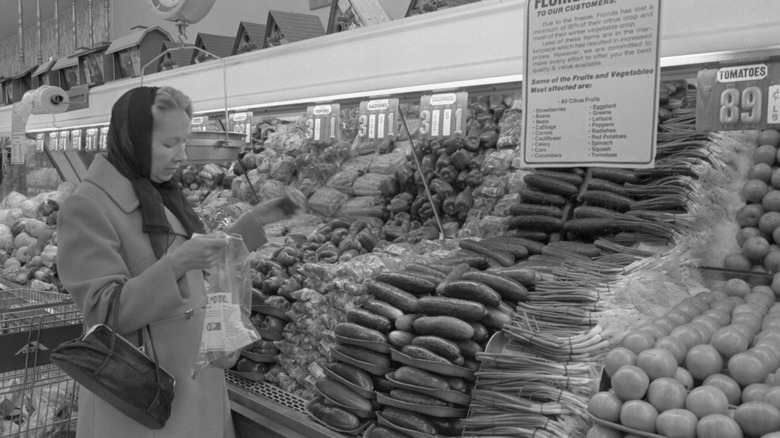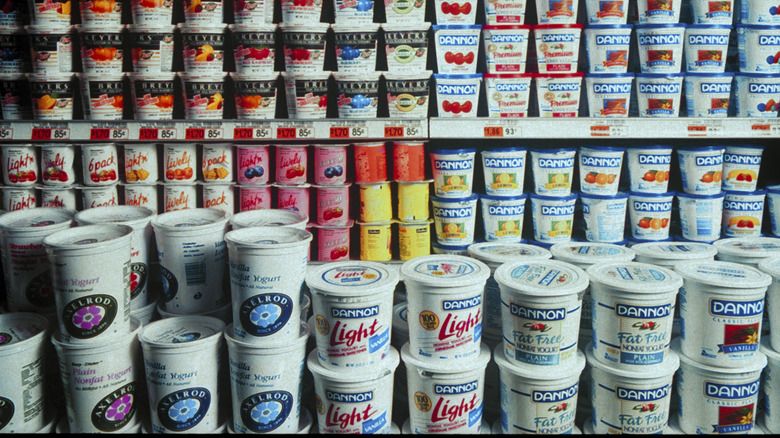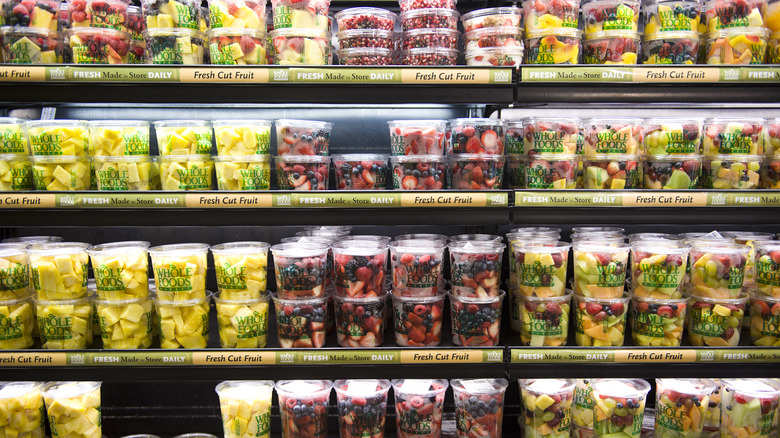Are There Any A&P Grocery Stores Left?
We may receive a commission on purchases made from links.
Operating between the late 1850s and 2016, A&P grocery stores were, until 1969, the largest and most popular grocery chain in the United States, especially in the Northeast. Despite laying the foundation for the American grocery store experience and offering exceptionally low prices (quite the opposite of expensive grocery chain Erewhon), A&P couldn't keep up with the expectations of the modern customer. By November 2016, the last A&P store in the United States had closed its doors.
Founded in 1859 as the Great American Tea Co. by George Huntington Hartford and George Gilman, the company got its start as a small chain of tea stores in New York City. It was later renamed to "Great Atlantic & Pacific Tea Company" — hence the "A&P" moniker — and grew slowly across the country. Business boomed after it introduced the economy store concept — i.e., the first no-frills, discount grocery stores – to its operation in 1912. At the time, A&P boasted over 400 stores, but that number skyrocketed to 1,600 by 1915.
A&P's business boomed after World War I
A&P's success only continued to grow after the First World War. By 1930, A&P reached $2.9 billion in sales, and it was the world's largest retailer. Largely unaffected by the Great Depression, A&P opened its first self-service supermarket in 1936, meaning customers did not need one-on-one assistance from the grocer to purchase their goods — a new, revolutionary way to shop at the time.
A&P was a convenient, one-stop shop for all kinds of household goods in an age of mom-and-pop stores and specialty food shops in the United States. The small, corner grocery stores of the early 20th century sold their products individually — customers would need a shopkeeper's help in measuring out items like flour, sugar, and other kitchen staples from large containers. Of course, items such as meat and bread required separate trips to the butcher and the baker. With A&P, these items were located all under one roof.
A&P reached its peak around the 1930s with 16,000 nationwide locations,and they did it all — even food manufacturing. A&P made its own brands of canned goods, non-perishables, dairy products, and its famous Eight O'Clock Coffee and Jane Parker baked goods. A&P had built a reputation, not only as a chain of supermarkets, but for selling merchandise that was high quality and low cost.
A&P couldn't keep up with its competitors
A&P was, at one point, the only discount store in the country, but it was eventually unable to keep up with competitors like Walmart or Target. The irony of it all is that these companies learned from the tactics used by A&P in the 1920s to build their business models in the first place. However, there are some major differences between the chains. Walmart is a publicly traded company, whereas A&P was not. In other words, while A&P had more control over its own business practices, Walmart has built up a large market share, allowing it to receive better prices from suppliers. Not only that, but A&P also tried to keep up with other new competitors like Trader Joe's or Whole Foods, which followed hot food trends and offered more specialized, healthier options.
In the 1980s, A&P attempted to combat its downward trend and maintain its monopoly on the grocery business by buying up other food chains, including Kohl's Food Stores in 1983, then Shopwell and Waldbaum's in 1986. Unfortunately, A&P was unable to regain its once-powerful hold on the supermarket landscape.
A&P first filed for Chapter 11 bankruptcy in 2010 as the result of extreme debt and internal structural problems. At that point, A&P only had 395 stores, located mostly in the northeastern United States. A&P finally filed its last bankruptcy in 2015, selling or closing all of its remaining stores by the end of the next year.



